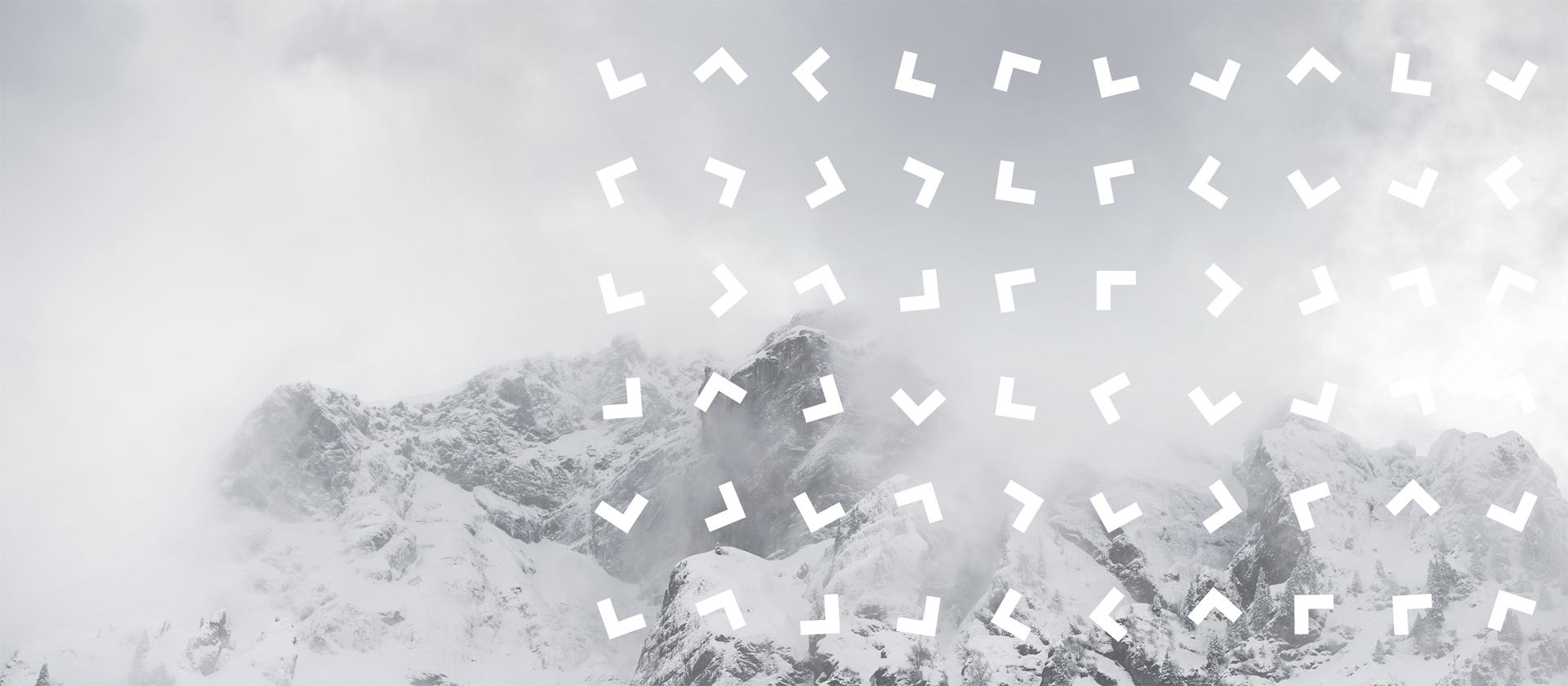In a lime mining company like KFN, what are the biggest safety risks for your employees?
We are fortunate to practically never have grave accidents. What happens every now and then are eye injuries and jammed fingers. These minor accidents are mostly due to negligence. The daily routine can mean that employees pay not enough heed to their protective goggles. If lime is then handled and negligence leads to a mishap, such as an open sack with lime falling over, the resulting “dust cloud” can lead to chemical burns. I therefore consider routine to be the gravest danger.
KFN uses dynamite, huge masses of stone are processed and shipped to customers around the world. All accident-prone activities - how often do accidents happen at your company?
As we do not blast “on the go”, accidents can practically be ruled out. Blasting in our company is a very detailed process with several, also external, people involved. Immediately prior to a blast, it is quite common that twelve or more people are in permanent contact. They block roads, monitor the environment and monitor the surrounding area, looking for hikers or what happens on the nearby train routes. We pay attention to every detail and check with all the stakeholders repeatedly. That we put utmost care into minimizing risks has been acknowledged by the Swiss rail operator SBB. Minor accidents, like the eye injuries I just mentioned, fortunately happen only about once a month. And by regularly reminding our employees of that risk, we hope to bring down that number further.
How far does KFN go to promote safety at work?
We diligently follow the rules and recommendations in force for safety at work as they have been set by the Swiss National Accident Insurance Fund SUVA. Apart from that, we also co-operate with a safety consulting company. Our employees receive personal protective gear consisting of safety shoes, a helmet, safety goggles, etc. Depending on their tasks, we also provide them with outdoor clothing or fall protection. Additionally, they all carry eyewash with them, to be able to respond immediately if an eye injury happened. Should that happen, the affected employees are immediately referred to a doctor by one of our trained paramedics. If you take safety at work seriously, it involves a lot of effort. And we take that effort. We specially protect drilling edges in the quarry to minimize the risk of accidents, we regularly train our employees, we regularly check our small appliances, and many measures more. Additionally, we also distribute flyers of the SUVA to increase the awareness for risks in private lives, such as in sports.
Have you been successful with this approach?
The fact that we have had few accidents and practically no grave ones – we consider that to be a great success. This is probably also due to the fact that we keep our focus on this issue. We occupy ourselves with new possibilities and rules. And in so doing, we try not to give room for dangerous routines to take hold.
How important is it for you personally to give greater importance to security at work?
My aspiration is that everyone is safe and that no accidents happen. Unfortunately, something can happen nonetheless. Being part of KFN, however, I always want to be able to say that we have done anything in our power.
What projects of the near future are meant to enhance security at work even further?
Our current highest priority is to keep the awareness for things having to do with safety at work and with sources of danger high. We also want to keep our high standards in that regard, which will mean further investment in the future. Our methods at work will stay largely the same, however, our possibilities to protect ourselves against risks develop further. And we follow them closely.
